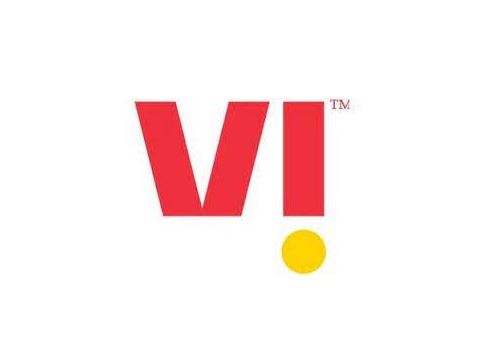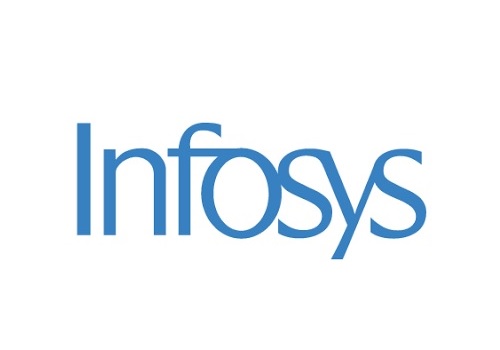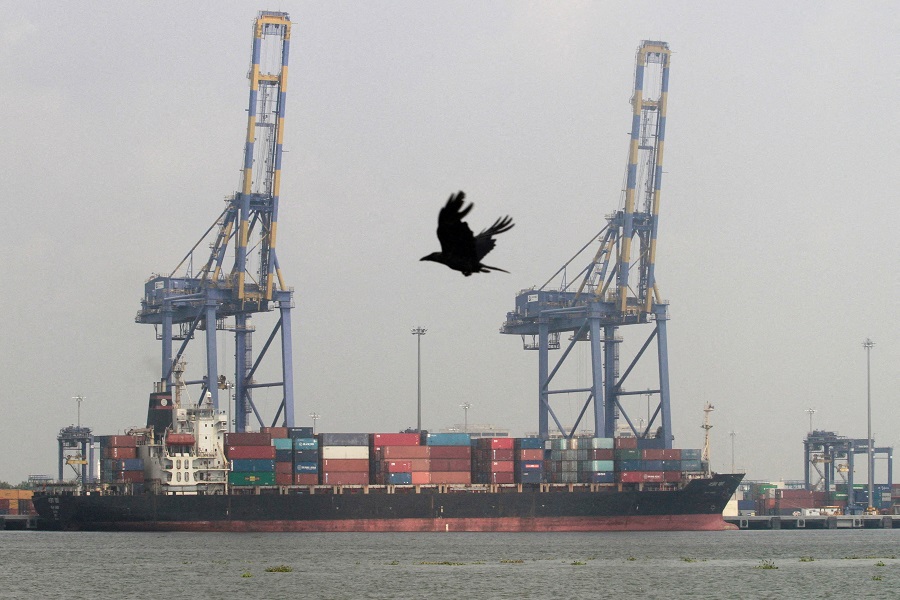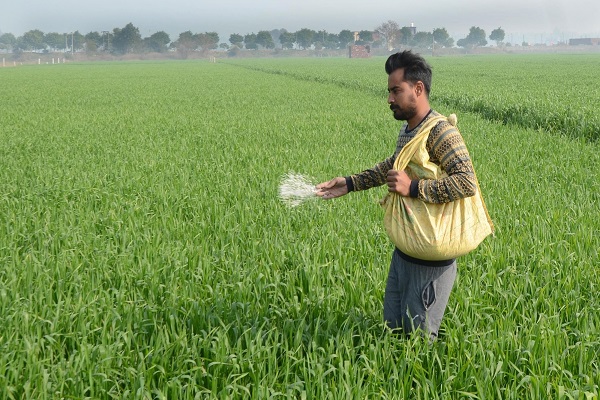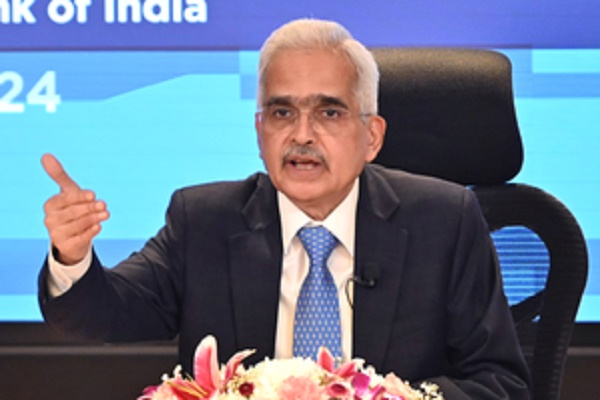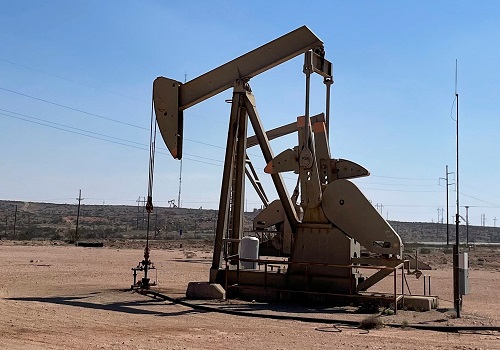Asset Quality Trajectory to Alter in FY26; Credit Costs & GNPAs to Inch Up by CareEdge Ratings

Synopsis
• Net additions to NPAs have remained broadly low, enabling the sector to witness a steady reduction in headline asset quality numbers.
• However, with the personal loans segment facing stress, especially unsecured personal and microfinance loans, the overall fresh slippages are expected to rise, and recoveries/upgrades are likely to taper gradually.
• The SCB Gross NPA (GNPA) ratio is projected to marginally deteriorate albeit remaining broadly in the same range from 2.3% at FY25 end to 2.3%-2.4% by FY26 end due to an increase in slippage in select pockets, stress in unsecured personal loans which would be offset by corporate deleveraging, a declining trend in the stock of GNPAs.
Asset Quality has Remained Broadly Benign in FY25, Barring Certain Pockets
After the asset quality review (AQR) in 2015-2016, banks were pushed to recognise NPAs and reduce unnecessary restructuring, banks witnessed a surge in GNPAs from 3.8% in FY14 to 11.2% in FY18 (and NNPAs from 2.1% in FY14 to 5.6% in FY18) largely due to weakness in wholesale advances which required banks to make a significant amount of provisioning and write-offs over the next four to five years. Over the last decade, to avoid large-ticket slippages and corporate deleveraging, banks have shifted focus to retail lending, which increased from 19% of advances on March 31, 2015, to 34% of advances on March 31, 2025.
Figure 1: NPAs continued downward trend in FY25, potential uptick anticipated FY26 onwards (in %)

The GNPA ratio has been trending downward since March 2019, which continued in FY20 and FY21, notwithstanding the stress during the pandemic, partly supported by regulatory forbearance on recognition of NPAs and moratorium. The asset quality has improved due to recoveries, higher bank write-offs, lower slippages, etc. The slippages have declined across bank groups. This reduction continued in FY25, and by the end of Q4FY25, the GNPA ratio had touched 2.3%.
The figures below show lower accretion of GNPAs, which, along with elevated write-offs, have continued apace and have significantly reduced headline GNPAs. Meanwhile, the slippage ratio of PVBs remained higher than PSBs because of the former’s larger fresh accretion to NPA from unsecured lending to individuals and small businesses. Apart from write-offs and recovery, SCBs also cleaned their balance sheets by selling NPAs to ARCs.

Sectoral Asset Quality: Robust All-round Performance
Figure 4: Sector-wise GNPA Ratio

Looking at sectoral GNPA, the agriculture sector GNPA ratio reduced to 6.2% in December 2024 compared to 10.1% reported in March 2020. The industrial sector reported a 2.7% GNPA ratio in December 2024 compared to a 14.1% GNPA ratio in March 2020 and 22.8% in March 2018, given the corporate deleveraging, resolutions, and write-offs. The March 2018 levels were high primarily on account of the AQR-induced recognition. Among major sub-sectors within the industry, there was a broad-based improvement in the GNPA ratio. However, it remains elevated for gems & jewellery, and construction sub-sectors. The services and retail sectors reported 2.3% and 1.2% GNPA in December 2024, respectively, compared with 7.2% and 2.0% reported in March 2020
Retail NPAs can largely be attributed to stress on unsecured loans, education, and credit card receivables. India’s banking system has increasingly favoured retail loans, driven by enhanced access to personal loans and reduced corporate borrowing due to deleveraging and alternative financing options. As of December 2024, household debt in India stood at nearly 42.1% of GDP, low by emerging market standards but rising steadily over the past three years. Meanwhile, sub-prime borrowers have used loans mainly for consumption, while super-prime borrowers have directed debt toward asset creation, particularly housing. After strong asset quality following Covid, retail NPAs have risen, especially in unsecured segments like personal loans and credit cards. This trend may become more apparent by H1FY26
The AQR resulted in a reclassification of standard restructured accounts, enabling the steady downtrend. Pandemic & associated business disruptions and regulatory dispensation led to an increase in Restructured Standard Assets over FY21 and FY22, which have later reduced as these assets started to run down across all sectors

Public Sector Banks (PSBs) have been holding substantial buffers for provisions over the last 6-8 quarters. In addition, the lower incremental slippages required a lower level of incremental provisioning, resulting in lower credit costs. The banks, largely public sector banks, have a high provision coverage ratio of 75% to 80%, indicating low incremental provisioning requirement and a potential upside in case of recoveries of NPAs. In contrast, private sector banks have relatively lower NPAs, and the PCR for private sector banks stood at around 74%.
Given the benign asset quality environment, banks have seen a declining trend in credit costs, which has significantly improved the banks' overall profitability. The credit cost declined from 0.86% in FY22 to 0.47% in FY24 and 0.41% in FY25 for banks. However, credit costs have already bottomed out, and given significant extant provisions, should normalise. Along with the stress in the unsecured loan portfolio (on the shorter end of the tenure) and segments such as microfinance, credit costs are anticipated to inch up in FY26 as banks continue to have sufficient headroom in the provision coverage ratios.
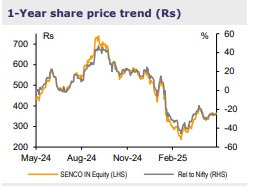
Asset Quality Outlook
According to Sanjay Agarwal, Senior Director, CareEdge Ratings, “Net additions to NPAs have remained broadly low, enabling the sector to witness a steady reduction in headline asset quality numbers. However, with the personal loans segment facing stress, the overall fresh slippages are expected to rise, and recoveries/upgrades are likely to taper gradually. The SCB GNPA ratio is projected to marginally deteriorate albeit remain in the same broad range from 2.3% by FY25 end to 2.3%-2.4% by FY26 end due to an increase in slippage in select pockets, stress in unsecured personal loans which would be offset by corporate deleveraging, a declining trend in the stock of GNPAs. Key downside risks include deteriorating asset quality from elevated interest rates, regulatory changes, and global headwinds such as tariff increases.”
Above views are of the author and not of the website kindly read disclaimer
